Hace casi 2.000 años, un desastre natural catastrófico borró la ciudad romana de Pompeya del mapa. El pueblo agrícola se encontraba a los pies del Monte Vesubio cuando entró en erupción en noviembre del 79 DC. La erupción sepultó la ciudad en unos 20 pies de ceniza volcánica. Muchos residentes que no huyeron a tiempo murieron en el acto por el intenso calor. La parte más escalofriante de todo esto es que la ceniza conserva sus cuerpos intactos. Cada uno está congelado en el tiempo.
La ubicación de Pompeya quedó en el olvido hasta que fue descubierta por unos arqueólogos en 1738. Hoy en día, Pompeya es uno de los sitios turísticos más populares de Italia, y los investigadores continúan descubriendo y clasificando los restos conservados de sus antiguos residentes. Esta semana, hicieron un descubrimiento sorprendente y desgarrador.
Ellos descubrieron los restos conservados de un niño pequeño que estaba sentado en el regazo de su madre cuando ocurrió la tragedia. Creen que tenía alrededor de cuatro años de edad.
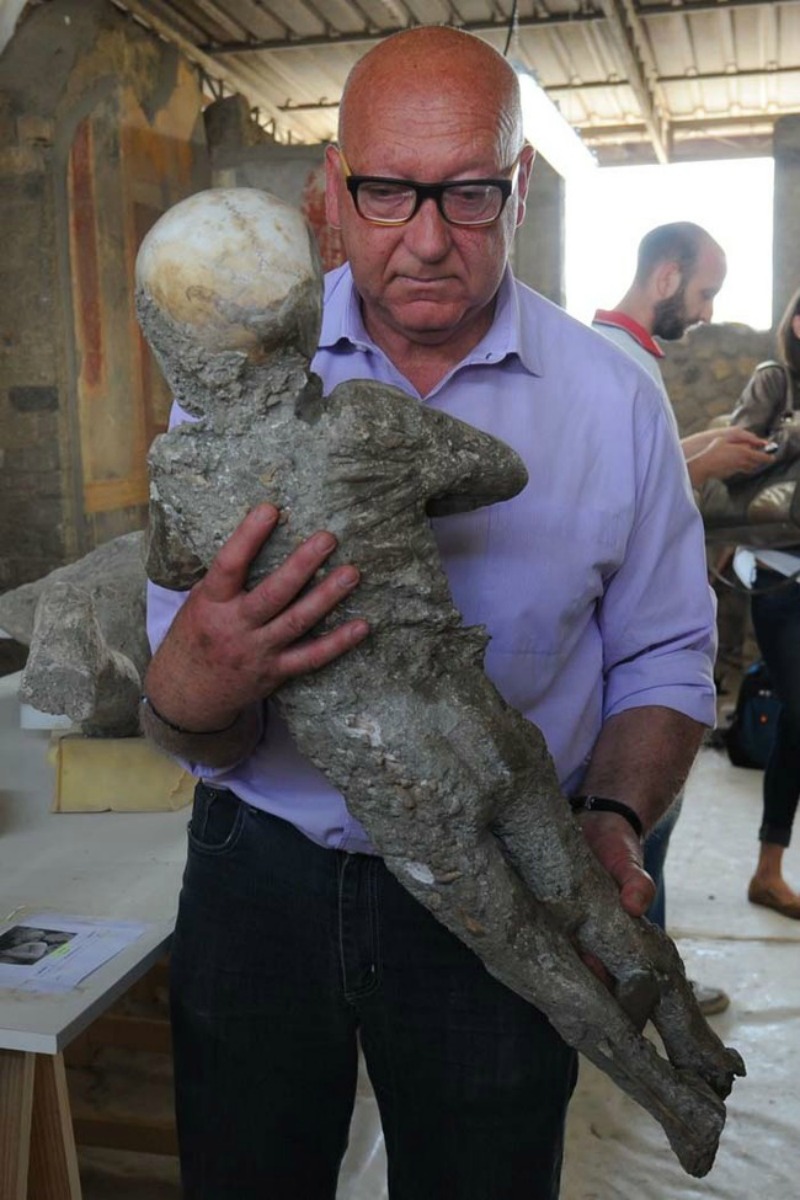
Los investigadores asumen que corrió al lado de madre cuando el Vesubio hizo erupción.
Aún más trágico, el niño y su madre fueron encontrados junto a los restos de su padre y hermano.
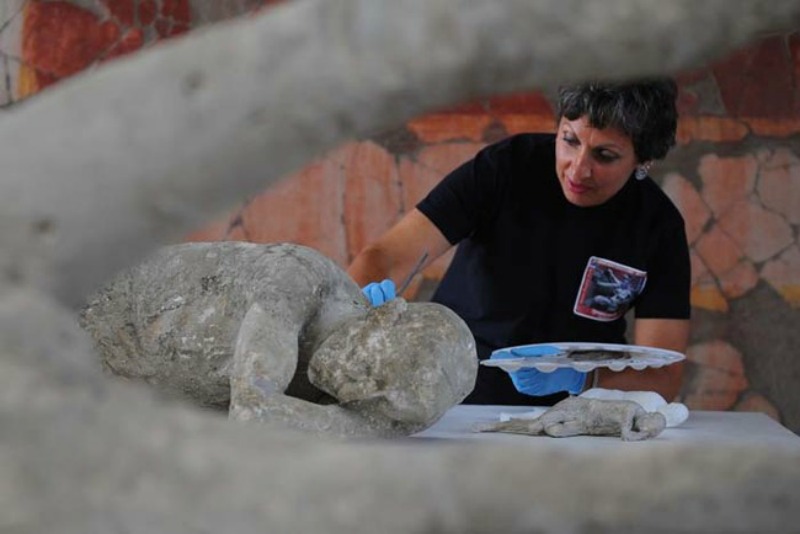
“A pesar de que ocurrió hace 2.000 años, podría ser un niño, una madre o una familia. Es la arqueología humana, no sólo la arqueología”, dijo Stefania Giudice, curadora en el Museo Arqueológico Nacional de Nápoles.
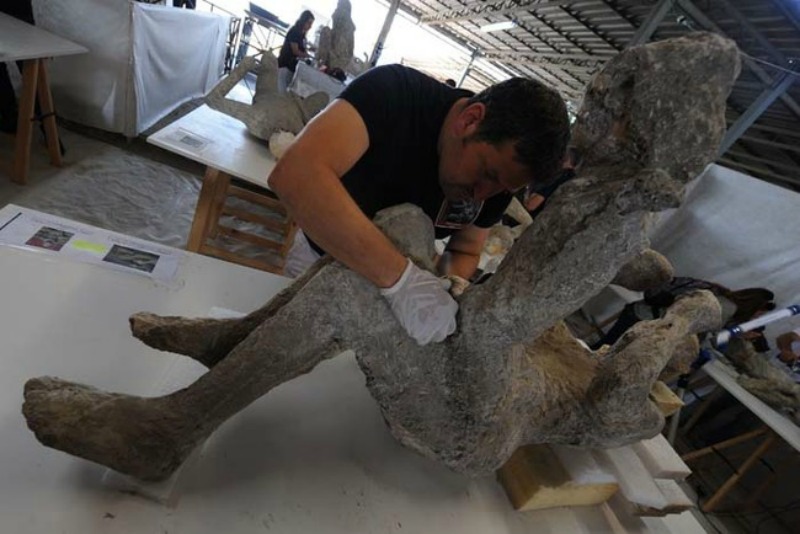
La escena trágica fue descubierta durante un proyecto de restauración de 86 cuerpos conservados en el sitio.
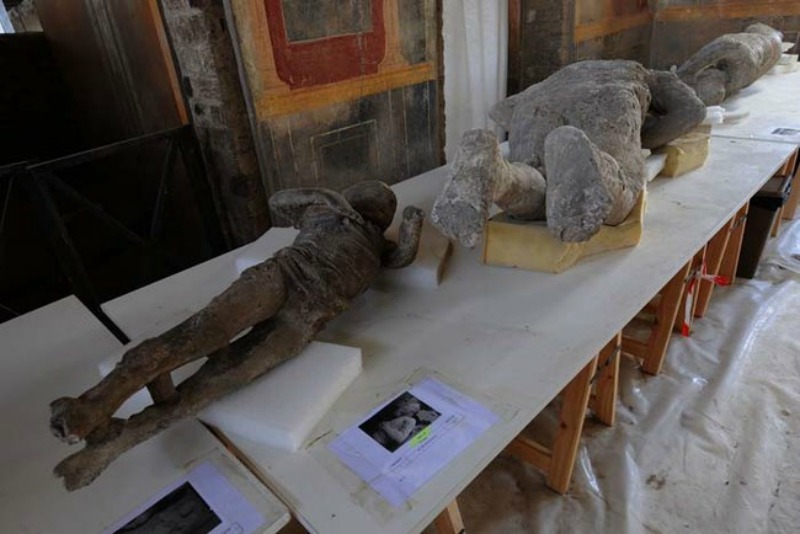
A medida que los investigadores trabajan en la restauración de estos cuerpos, son muy conscientes de la carga emocional de esta labor.
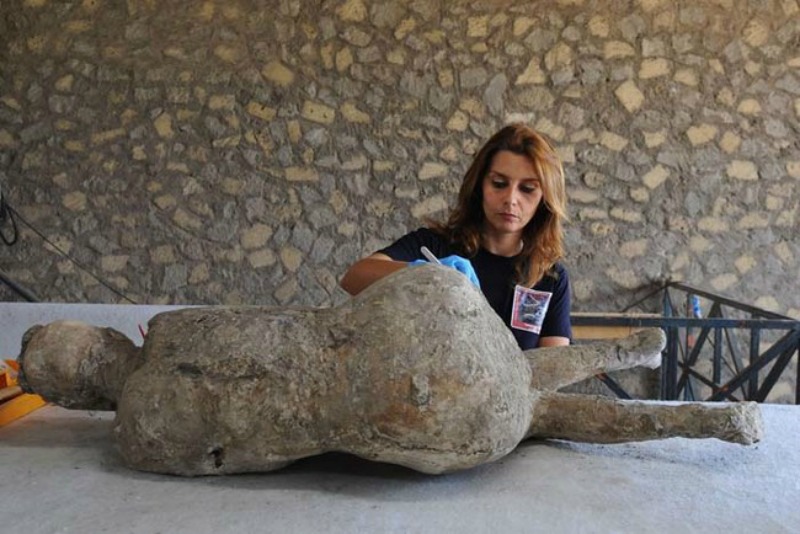
“Puede ser muy emotiva la manipulación de estos restos cuando aplicamos el yeso,” dijo Giudice a los periodistas.
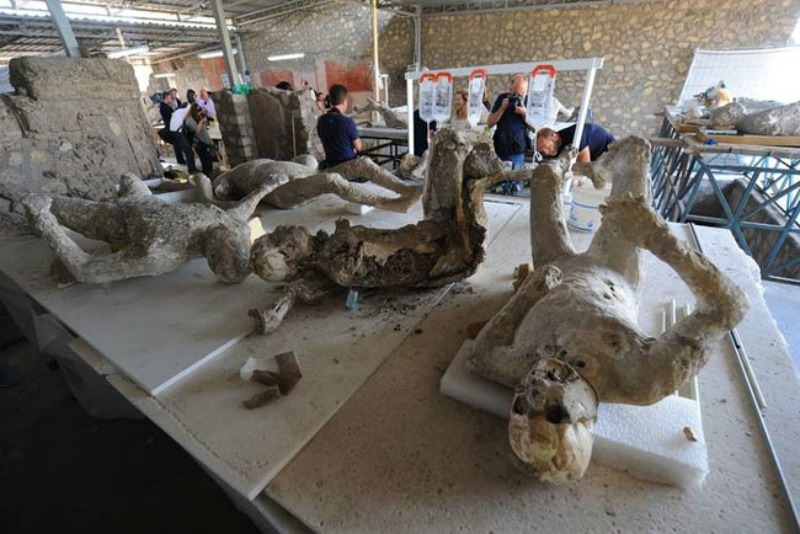
Ambos se aferraron con fuerza en su abrazo final.
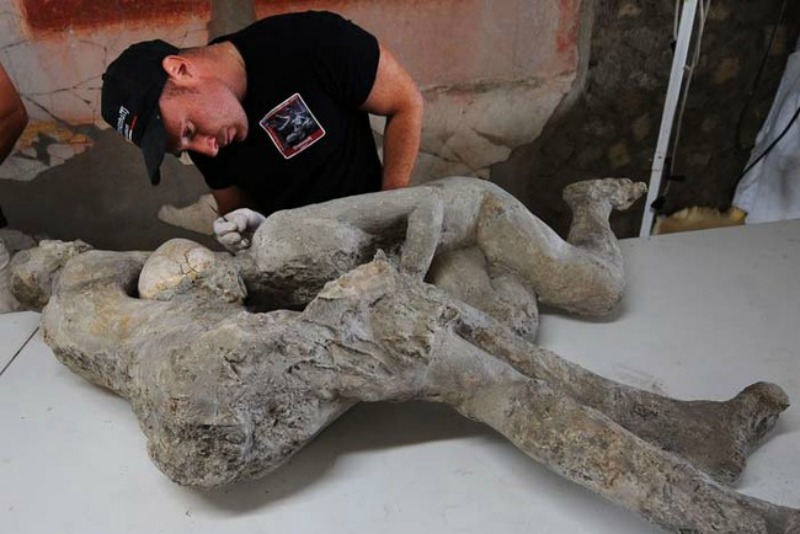
Desde nuestro punto de vista histórico, es fácil de separar nuestro mundo moderno de lo que ocurrido en Pompeya. Es difícil imaginar algo tan fuera de control sucediendo hoy en día. Aún así, es difícil no sentir compasión por estas pobres almas que probablemente no tenían idea de lo que estaba ocurriendo hasta que fue demasiado tarde.
Comparte este artículo con tus amigos, es realmente estremecedor.




